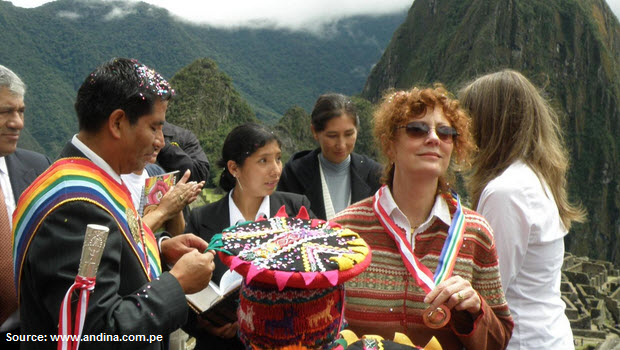
Where else besides Machu Picchu should Peru enlist the help of stars like Susan Sarandon?
[Originally published April 6, 2010] Susan Sarandon added a big dose of Hollywood sparkle last week to the reopening ceremony of Peru’s crown jewel, Machu Picchu. Peru would be well served to apply such Tinsel Town treatment to its other historic attractions.
Against the iconic backdrop of Inca Pachacuti’s 15th century citadel, the Academy Award winning actress posed with Andean children in traditional dress. The Huayna Picchu peek loomed in the distance. The photo-op was a unmitigated success, announcing to the world that Peru’s most popular tourist attraction was again open for business, two months after torrential rains and landslides wiped out train access to the mountaintop shrine.
A battalion of reporters and paparazzi managed to stay mostly on message, asking Sarandon repeatedly what she thought of Machu Picchu — as opposed to probing personal questions about her recent separation from Tim Robbins.
“I had no idea there were so many journalists at Machu Picchu,” joked Sarandon, who was flanked by a U.S. Embassy bodyguard and Peruvian Tourism Minister MartÃn Pérez. “Oh, (this is) just for me? I though it was like this all the time. So I guess that means maybe I’ll have to see Machu Picchu when you all go and then I’ll have a better idea of what it’s like.”
Inviting Sarandon was a brilliant how-to in “top-down promotion” for Peru’s tourism industry, wrote newspaper columnist Juan Paredes Castro in Sunday’s El Comercio. He posed the question: “How many Susan Sarandons does Peru need?”
Paredes wasn’t talking about recruiting more movie stars to sell Machu Picchu as one of the seven wonders of the world. If anything the mountain-ringed Inca sanctuary has been oversold to the point of peril.
He was referring to the larger, and ever-nagging question: When are Peru’s central, regional and local governments going to invest in preserving and promoting the scores of lesser known, but nonetheless equally important, archaeological monuments as sustainable tourist destinations?
When will road and air routes to Kuelap, Choquequirao, Chavin de Huantar, Pativilca, Vilcashuaman and Caral — just to name a few — be established to offer suitable alternatives to take some of the pressure off the beleaguered Machu Picchu?
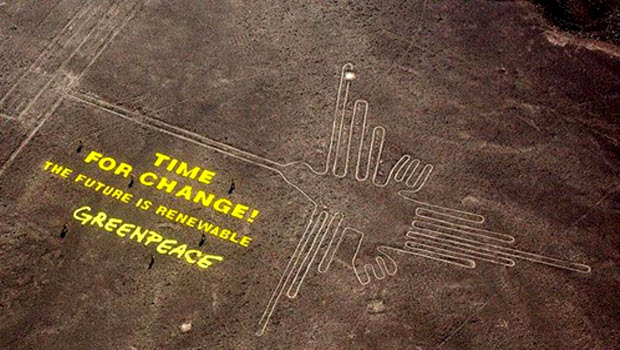 Greenpeace activists in hot water over Nasca Lines act
Greenpeace activists in hot water over Nasca Lines act 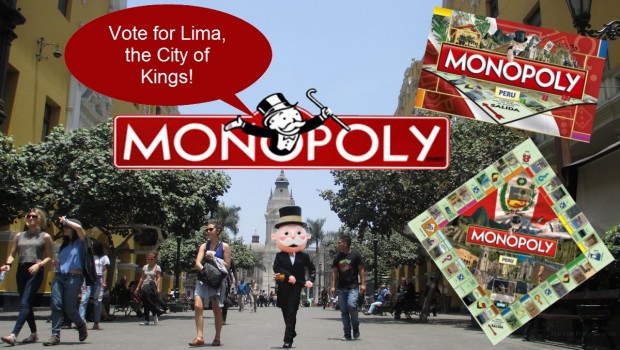 Mr. Monopoly Tours Lima in Search of Votes
Mr. Monopoly Tours Lima in Search of Votes 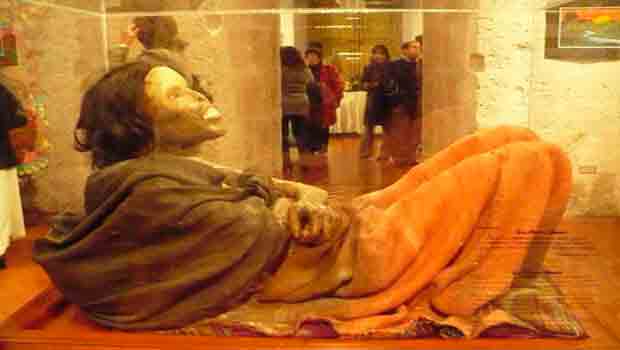 Arequipa tour attraction Juanita mummy placed in deep freeze
Arequipa tour attraction Juanita mummy placed in deep freeze 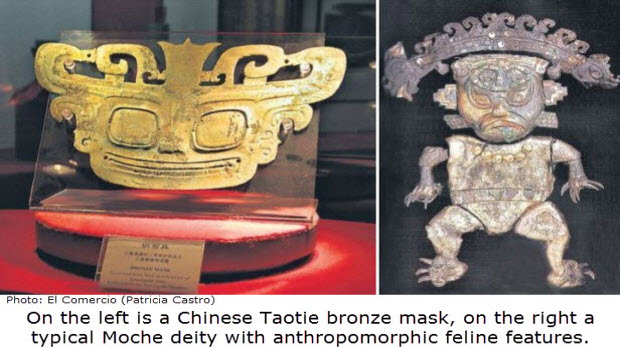 Ancient Link Between Chinese And Peruvian Civilizations?
Ancient Link Between Chinese And Peruvian Civilizations? 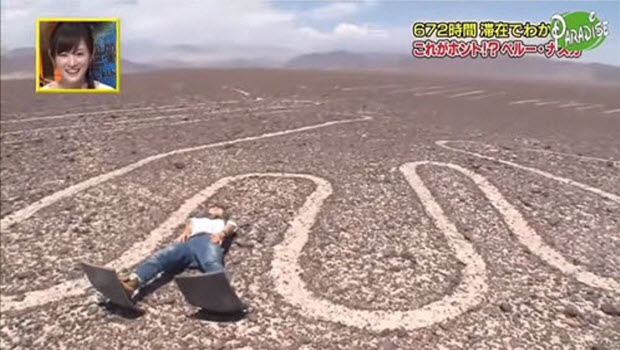 Nazca Lines archaeologist faces charges for TV tour
Nazca Lines archaeologist faces charges for TV tour 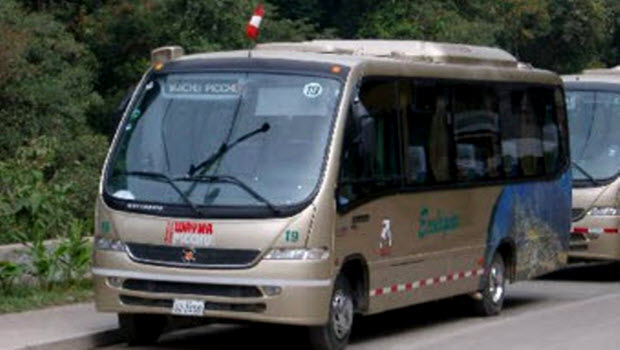 Bus ride up to Machu Picchu hiked, AGAIN!
Bus ride up to Machu Picchu hiked, AGAIN! 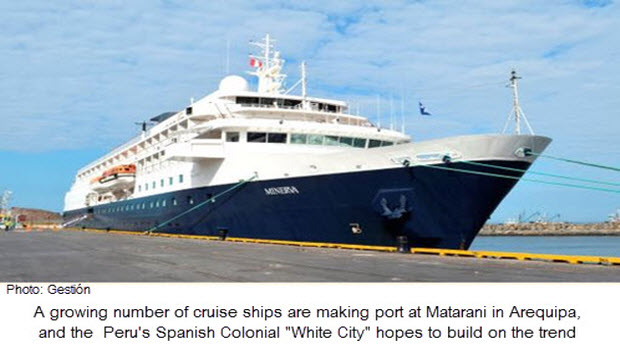 Make Arequipa a port of call on a luxury cruise vacation
Make Arequipa a port of call on a luxury cruise vacation 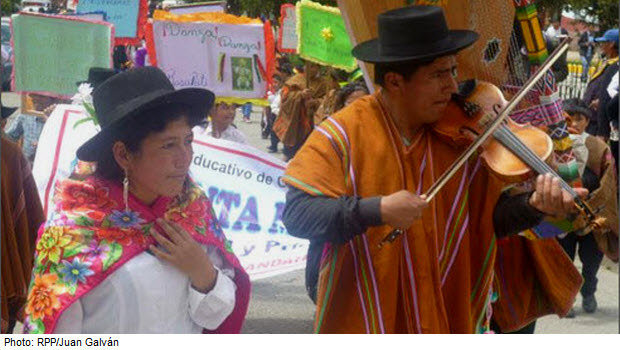 All Arts Festival underway in hommage to Arguedas
All Arts Festival underway in hommage to Arguedas